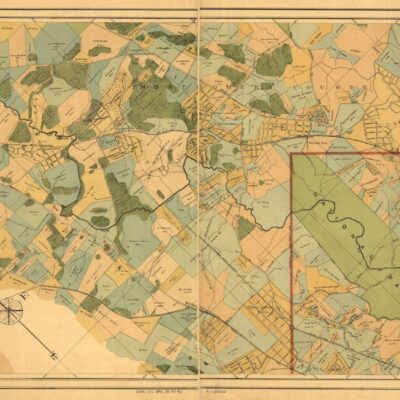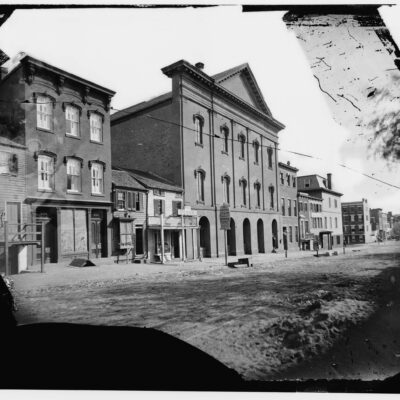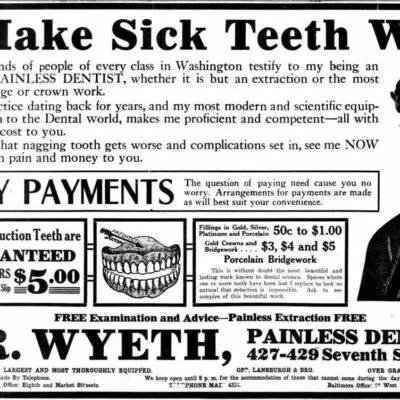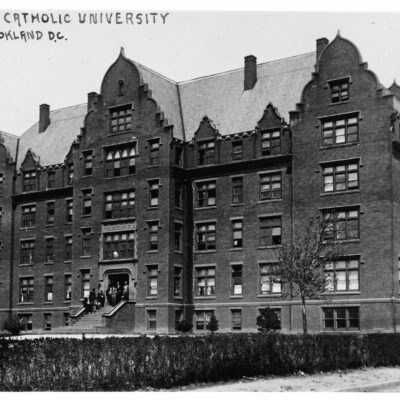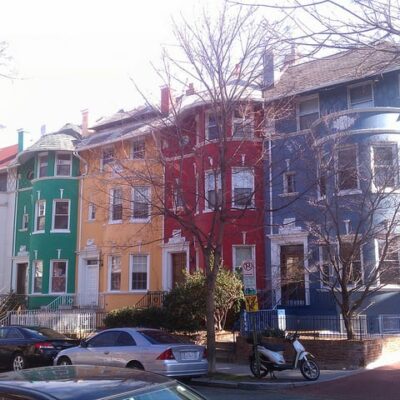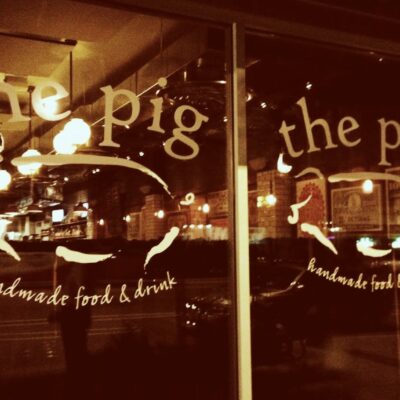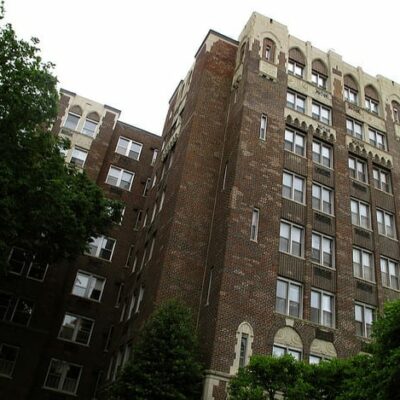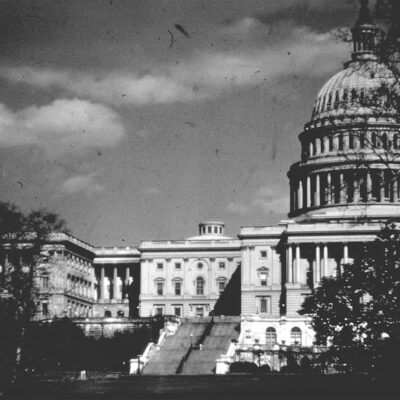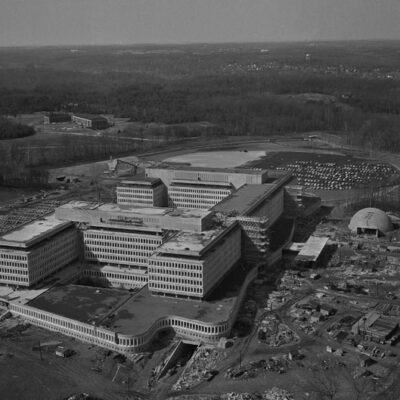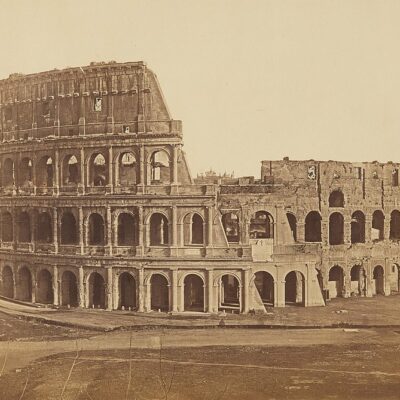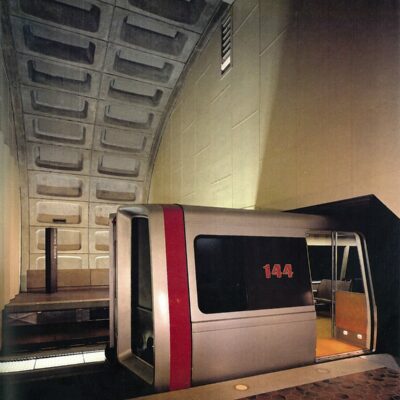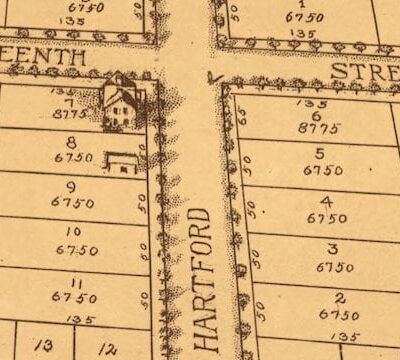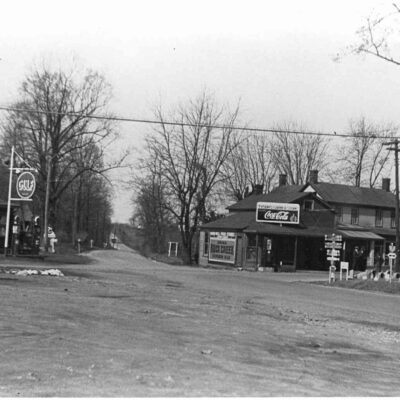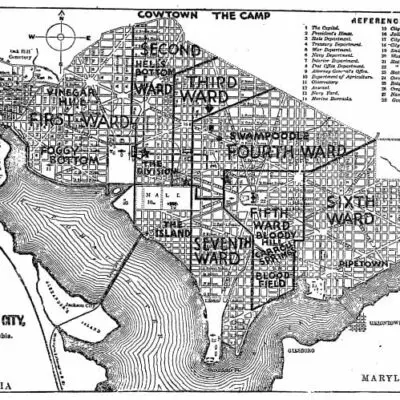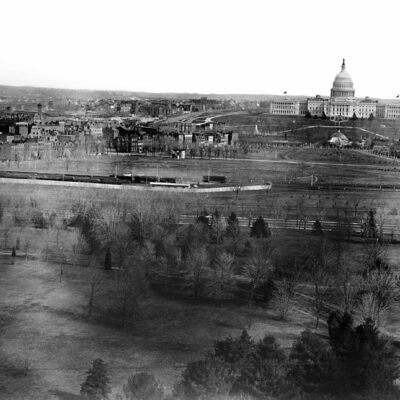Who was John W. Ross? He has a nice little school named for him in Dupont Circle at 1730 R St. NW. It’s pre-K through fifth grade and has only 154 students. Maybe some of you have a child that goes there?
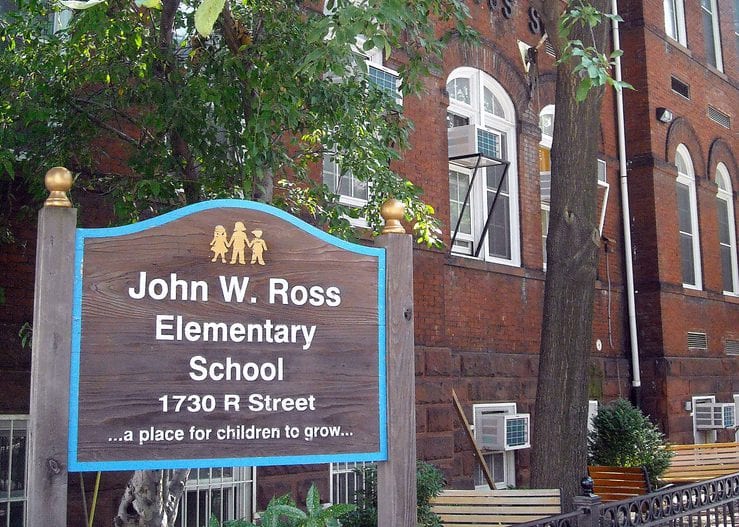
Ross Elementary School traces its heritage back to the early 20th century when it was dedicated in memory of a former District Commissioner, John Ross. The Washington Post wrote about the dedication ceremony on January 26th, 1906.
In the presence of a large attendance of school and District officials and members and officers of the Columbia Heights Citizens’ Association, the new John W. Ross School on Harvard street was dedicated yesterday morning. Lee Ross, son of the late John W. Ross, after whom the school was named, was present.
-ad 197-
Wait, what? Harvard St. in Columbia Heights? That’s right. The original Ross School was up there, and moved to the current building in 1935. The building on R St. was built in 1888 and was named the Adams School after John Quincy Adams. That school moved to a new location on 19th St. in what is today’s Adams Morgan.
The piece continues.
…
The pupils of the fourth, fifth, sixth, and seventh grades, after the opening prayer by Rev. R. M. Fishburne, pastor of the Mount Pleasant Congregational Church, sang a patriotic anthem, and, upon raising of the American flag, went through a formal flag salute.
…
The building was handsomely decorated for the occasion. The Ross Building is a handsome eight-room brick structure of the most modern type of school architecture. The rooms, of which seven are already occupied by 300 pupils, are lihgt [sic], airy, and commodious.
The walls are not plastered, but show the brick formation under a coat of dull Pomeranian red. For purposes of ventilation and heating, an electric motor has been installed, in place of a gas engine, to run the fans, and its effectiveness has proven more than satisfactory.
-ad 199-
The building served as an administrative annex after the Adams School moved in 1929 up until the Ross School moved in and was renamed for Ross. Sadly, the old Ross School in Columbia Heights was razed in 1933. It was situated on Harvard St. between 11th and 13th St.
Back to Ross. He was a much-loved Postmaster and a District Commissioner for four terms. He was a Columbia Heights resident, living at 1334 Yale St. (this is now Fairmont, read about the old street names).
John was born in Illinois on June 23rd, 1841 and acquired his law degree from Harvard around the time of the Civil War. He was admitted to the bar of the U.S. Supreme Court in 1873, at which point he moved to the District, where he lived the rest of his life.
While a resident of D.C., he was a lecturer on the law faculty at Georgetown University, and was appointed postmaster in 1888, holding the position for two years. He was appointed to be a District Commissioner by presidents Cleveland and McKinley.
He died in his home of a heart attack on July 29th, 1902.
Below is an excerpt (with a couple mistakes) from The Washington Post article about him, the day he died.
Commissioner Ross was one of the most universally popular men that has ever been a member of the District’s governing triumvirate. His wonderful popularity with the citizens was due to his great and kindly heart. He was a champion of the weak and afflicted, and earnestly believed and ever carried out his belief, that no mattter [sic] how humble a person might be, every one had a right to be heard with patience. Mr. Ross was a man of unapproachable integrity, and never a question was brought before him that he did not give it the fullest and most careful consideration. He respeted [sic] the popular wishes of the residents of the District and always during his long service, gave all every opportunity to be heard. Mr. Ross was prominent in Masonic circles.

By the way, here’s a really cool resource we found for D.C. Public School history, done by the Humanities Council of Washington, D.C.
